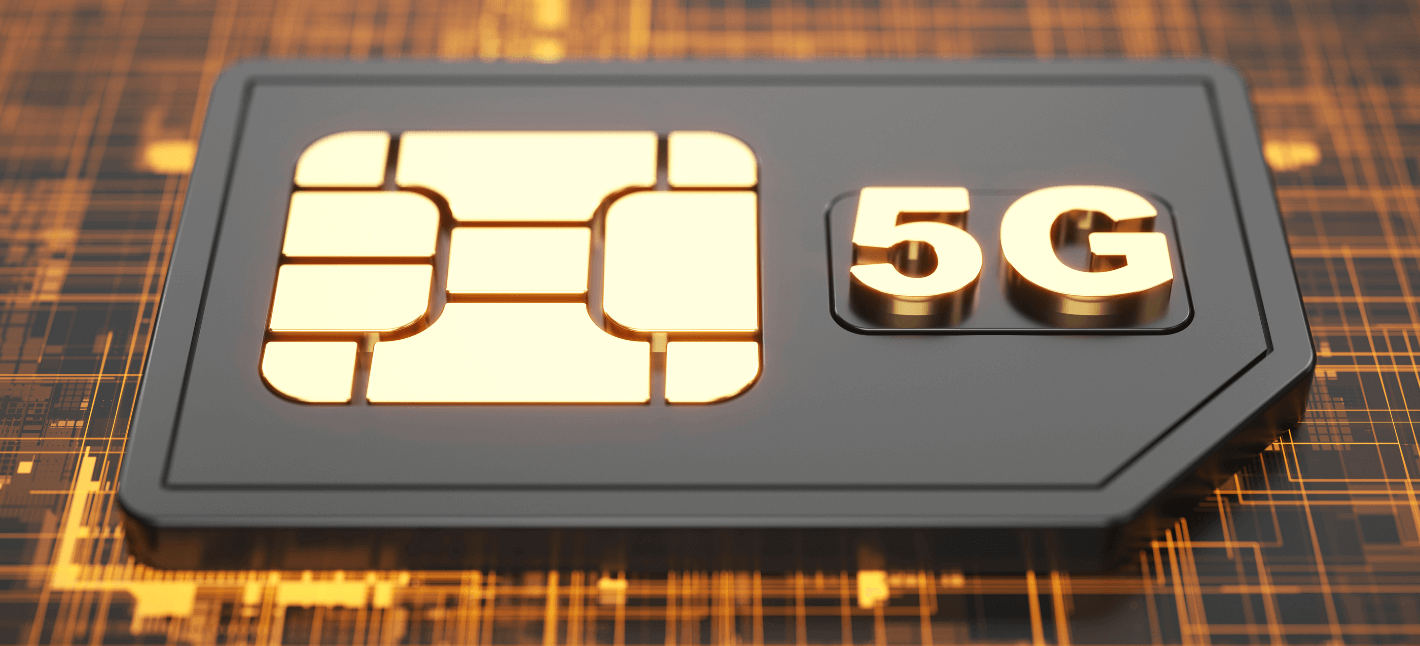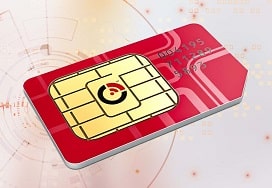Best Remote Access Iot Devices Free Top 10 IoT Device Vulnerabilities
The rapid enlargement of the Internet of Things (IoT) has made it important to establish standardized connectivity protocols to allow gadgets to communicate seamlessly. Various standards and protocols have emerged, and they cater to totally different necessities, such as power consumption, knowledge fee, range, and complexity. Each protocol presents distinct advantages and disadvantages, making it important for builders and companies to evaluate their specific needs when deciding on one.
One distinguished standard in the IoT landscape is MQTT (Message Queuing Telemetry Transport). MQTT is lightweight and designed for low-bandwidth and high-latency environments. Its publish-subscribe mannequin permits efficient communication between devices and is perfect for purposes in residence automation or distant monitoring. However, its dependency on a central dealer can introduce a single level of failure, making resilience a consideration in its implementation.
In contrast, CoAP (Constrained Application Protocol) aims to enable smaller, constrained units to communicate over the online. Utilizing a RESTful structure much like HTTP, CoAP is designed for low-power and lossy networks. This makes it appropriate for purposes requiring efficient device communication in constraints of reminiscence and processing power, like smart agriculture. While CoAP helps multicast, which allows a single message to achieve a number of recipients, it does not inherently manage long-lived connections like MQTT does.
Web Ssh Access Iot Devices Everything About IoT Devices
Zigbee is another instance of a regular incessantly employed within the IoT sphere, particularly for home automation. Operating in the 2.4 GHz band, Zigbee creates mesh networks that enable units to communicate whereas extending their vary via different related units. Its low power consumption is helpful for battery-operated units, however the data rate is considerably decrease than Wi-Fi or different wired technologies, which limits the amount of knowledge that could be transmitted effectively in real time.
LoRaWAN (Long Range Wide Area Network) is particularly significant for applications requiring long-range communication capabilities. Operating in sub-GHz frequency bands, LoRaWAN can connect gadgets over distances of several kilometers while consuming minimal energy. This makes it best for rural purposes corresponding to precision agriculture and environmental monitoring. However, it sometimes supports low knowledge charges and is less effective for time-sensitive functions where immediate information transmission is essential.
NB-IoT (Narrowband IoT) is a cellular know-how designed to support a extensive range of IoT connectivity needs. With increased coverage, NB-IoT offers deep penetration into buildings and underground areas, often outperforming traditional cellular networks. Its efficiency by way of energy consumption and data transmission makes it well-suited for smart metering and different steady-state applications. The downside, however, is the reliance on cellular infrastructure, which may involve further prices.
Another noteworthy protocol is Bluetooth Low Energy (BLE). BLE is optimized for short-range communications and low energy utilization, making it ideal for personal space networks. It is particularly in style in wearables and health monitoring gadgets. However, the restricted range can pose challenges for functions requiring long-distance connectivity, making it much less suited to industrial IoT applications like smart cities.
Iot Devices Meaning 2024 IoT Smart Device Trends

When considering the operational environment, totally different protocols strategize their connectivity. For occasion, Sigfox is designed for extreme energy efficiency, employing a novel expertise that prioritizes low information charges over intensive coverage. This works well for gadgets needing to transmit small amounts of information sometimes, corresponding to monitoring gadgets. However, the trade-off comes within the form of limited knowledge price and potentially larger latency.
Another important facet of IoT connectivity standards and protocols comparison is safety. Many protocols implement various degrees of safety measures. For example, protocols like TLS (Transport Layer Security) may be leveraged with MQTT to reinforce data integrity and confidentiality. In contrast, different protocols may have built-in security measures, whereas some require additional layers to ensure safe communication.
Smart Iot Devices What Is IoT Device Management?

Interoperability additionally performs a crucial function in protocol choice. As IoT units proliferate across varied industries, making certain devices can talk regardless of their manufacturers can mitigate future compatibility points. Protocols that adhere to established standards tend to provide higher interoperability, thus easing integration efforts across different platforms.
The panorama of IoT connectivity is evolving, reflecting the diverse wants of industries starting from healthcare to manufacturing. As more gadgets turn into interconnected, the demand for efficient, safe, and dependable communication continues to develop. Each protocol carries its distinctive set of characteristics; thus, companies must conduct thorough evaluations of their use circumstances to ensure optimum efficiency click this link while contemplating future scalability and adaptability.
How Iot Devices Are Managed? What Are IoT Devices?
In conclusion, while there isn't any one-size-fits-all resolution concerning IoT connectivity standards and protocols, understanding the comparisons can guide builders and companies in making educated selections. Factors like operational requirements, security concerns, and potential use instances come into play when evaluating which protocol fits finest. The realm of IoT is growing and evolving, making it important for industry players to remain informed on the most recent developments and emerging standards to take care of aggressive advantages and meet increasingly advanced calls for.
- Various IoT connectivity standards include Wi-Fi, Bluetooth, Zigbee, and LoRaWAN, every tailor-made for specific use instances and operational needs.
- Wi-Fi is thought for its excessive data transfer charges, making it perfect for applications requiring substantial bandwidth, similar to video streaming, nevertheless it consumes more power in comparison with other protocols.
- Bluetooth Low Energy (BLE) is favored for short-range sensor purposes due to its minimal energy consumption, allowing gadgets to run for prolonged intervals on a small battery.
- Zigbee operates on low power and supports mesh networking, enabling units to speak over distances larger than conventional point-to-point systems, which can enhance network coverage.
- LoRaWAN excels in long-range communications and allows low-power, wide-area network (LPWAN) capabilities, making it appropriate for distant IoT functions like agriculture and concrete infrastructure monitoring.
- Cellular connectivity standards, corresponding to 4G LTE and 5G, present intensive community coverage and high-speed data transfer but might incur greater operational costs and require more substantial power assets.
- MQTT and CoAP are light-weight software layer protocols broadly used for IoT communications, the place MQTT is extra appropriate for device-to-cloud interactions, whereas CoAP is optimized for constrained units and networks.
- Security varies considerably across IoT protocols, with some like HTTPS providing strong encryption, while others may rely on easier methods, probably exposing devices to vulnerabilities.
- Scalability is a critical factor; whereas protocols such as LoRaWAN support numerous gadgets, others like Bluetooth could face limitations in gadget capability depending on the network structure.
- Determining the right connectivity standard entails balancing components such as range, energy effectivity, knowledge needs, and security necessities tailor-made to specific IoT deployment scenarios.undefinedWhat are the most common IoT connectivity standards?
The most typical IoT connectivity standards embrace Wi-Fi, Bluetooth, Zigbee, LoRaWAN, NB-IoT, and 5G. Each standard has unique options and use instances, catering to varied application necessities in phrases of range, energy consumption, and knowledge rates.
How do I select the right IoT protocol for my application?
Remotely Access Iot Devices Ssh Web What Is IoT Overview?
Selecting the best IoT protocol depends on factors such because the range, knowledge throughput, energy consumption, and the environment by which devices will function. Assessing these criteria against your utility's particular needs will information your decision.
What is the distinction between short-range and long-range IoT protocols?
Short-range protocols, like Wi-Fi and Bluetooth, are perfect for localized functions needing high information rates however limited vary. Long-range protocols, similar to LoRaWAN and NB-IoT, excel in low-power, wide-area use circumstances, prioritizing battery efficiency over pace (Remote Access Iot Devices Examples).
Remote Iot Monitoring Devices Connected IoT Devices Growth Rate
Can a quantity of IoT protocols be utilized in the identical network?
Yes, a quantity of IoT protocols can coexist in the same network, enabling units with varying connectivity wants to speak. However, cautious community design is required to handle information flow and keep away from interference.
What function does safety play in IoT connectivity standards?

Security is critical in IoT connectivity standards due to potential vulnerabilities in data transmission. Choosing protocols with built-in encryption and robust authentication mechanisms can help safeguard sensitive information.
Best Web Ssh Access Iot Devices Internet of Things Technology Overview
How do these standards affect the scalability of IoT systems?
Different IoT standards have varying capacities for managing gadget load, which instantly impacts scalability. Control Iot Devices Remotely. Standards designed for prime device counts, like MQTT over TCP/IP, are important for scaling up IoT deployments effectively.
Control Iot Devices Remotely IoT Devices Installed Base Worldwide
What is the importance of interoperability in IoT protocols?
Interoperability ensures that devices from completely different manufacturers can communicate seamlessly. This is essential for large-scale IoT deployments, as it allows various devices to work collectively, enhancing total system functionality.
Are there any rising developments in IoT connectivity standards?
Benefits Of Remote Access Iot Devices What Are IoT Devices? Definition, Types
Emerging developments include the adoption of edge computing, which i was reading this minimizes latency, and the mixing of Artificial Intelligence for smarter knowledge processing. Additionally, standards like 5G are gaining traction for his or her capability to help a massive number of linked gadgets.
How can I stay up to date on IoT connectivity standards and protocols?

Staying informed includes frequently consulting business publications, attending related conferences, and taking part in on-line forums. Following organizations just like the Internet Engineering Task Force (IETF) and the International Telecommunication Union (ITU) can also provide valuable insights.